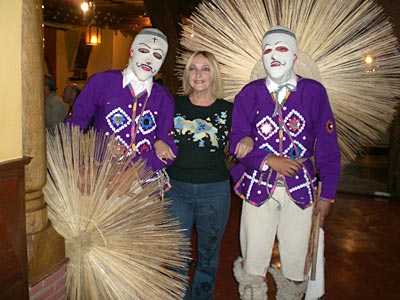
NEGRO-PERUVIAN MUSIC AND ALL THAT JAZZ
SEXY, PLAYFUL, RELIGIOUS AND SAD
Photos by Lawrence Davis, Publisher Splash Magazines

On the beaches of Peru there is a lost tradition being expressed in the voices and feet of the descendents of slaves. Afro-Peruvians continue to live their heritage in poetry, music and dance, expressing a soul, style and spirit that reflect the joys and pains of their ancestors. In spite of its presence in chic Peru nightclubs, Afro- Peruvian music, also known as Negro-Peruvian music, remains one of the world's best kept cultural secrets—suppressed along with the people who gave them life and nourished them.
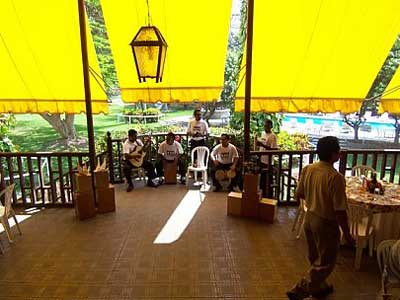
As Afro-Peruvians integrated with the Quecha and Aymara Indians, and the Spanish, their identity gradually faded. They have preserved their culture as best they could through poetry, music and dance, teaching their children what they remembered. Many tribal customs have been lost, but those that are passed down from one generation to another deserve to be heard around the world.
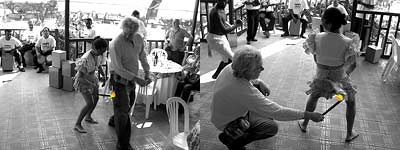
The 1995 release of the album, Alma del Peru, featured some of the most talented artists on the Peruvian coast and brought Negro-Peruvian music out of the shadows and onto the charts. Afro-Peruvian music, full of vitality, complex and sensual, has an identity all its own. What emerges is a subtle grace of movement, gentle humor and certain sadness. Performances differ and reflect different lifestyles, which can be sexy, playful or religious stories about everyday life. The romantic marinara is a traditional dance performed with a waving of handkerchiefs. The Alcatraz is danced with lit candles. A dancer tries to light a paper tail tucked into the back of his or her partner's waist. Other dances tell stories of people working in the fields or going down into the mines.
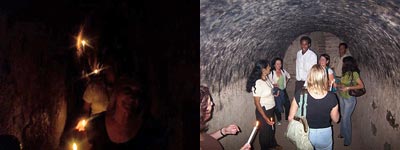
Combining the melodies and spirit of the Quecha Indians, the harmonies of Spain and the rhythms of Africa, the guitar accompanies the singer with arpeggiating cords in the slower styles and strumming chords in the faster ones, creating essential links between the harmony and rhythm.
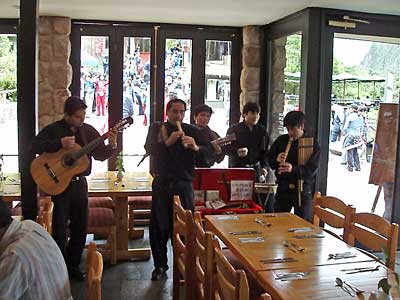
The most unique instrument in Negro-Peruvian music is a wooden box called a cajon, which provides the fundamental rhythm and a variety of tones and colors for each song. The cajon has a round hole in one side and is struck by hand with the performer sitting on top. A truly talented energized cajon player will, while playing the cajon, use his feet to dance around the room. Once simply constructed, today's cajon is more complex and played by more sophisticated musicians.
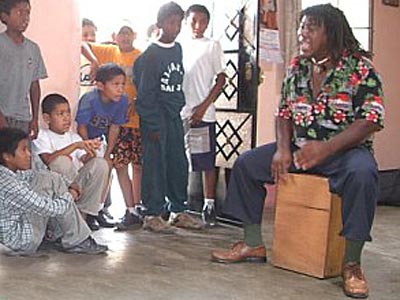
Carlos Gonzalez Cordoba is a master maker of the cajon and a performing artist who travels Peru sharing his heritage through dance, song and instrument. Our group meets Carlos in the small village of El Carmen, not far from the town of Ica. Carlos has taught seven young boys, ranging in age from nine to 13, to dance and play the cajon to entertain us—tapping feet that move to somewhat of a jazz rhythm, spins with break dance movements and smiling faces. Carlos then leads us across the square and down a narrow street to Tia Margarita's small clean house. We sit on kelly green plastic couches and matching chairs, not knowing what has been planned. Carlos and his cousin put on a show—one tap dances and the other plays the cajon. Carlos sings and dances, moving his legs from side to side as he navigates the cajon round and round the room with his feet. A woman named Carmen arrives and begins a sensual dance that gains momentum as Carlos bangs faster and louder on his cajon. Before I know it, I am up on my feet following her movements, caught up in the passion and poignancy of the moment; my arms, shoulders and hips gyrate to the rhythm and beat. I walk out to the yard, clothes are drying on a line, an outhouse encloses a toilet made from bricks and tiles and Tia Margarita brings a bucket of water to wash my hands. Back inside, Tia Margarita passes homemade succulent tamales, making us feel at home…far from home.